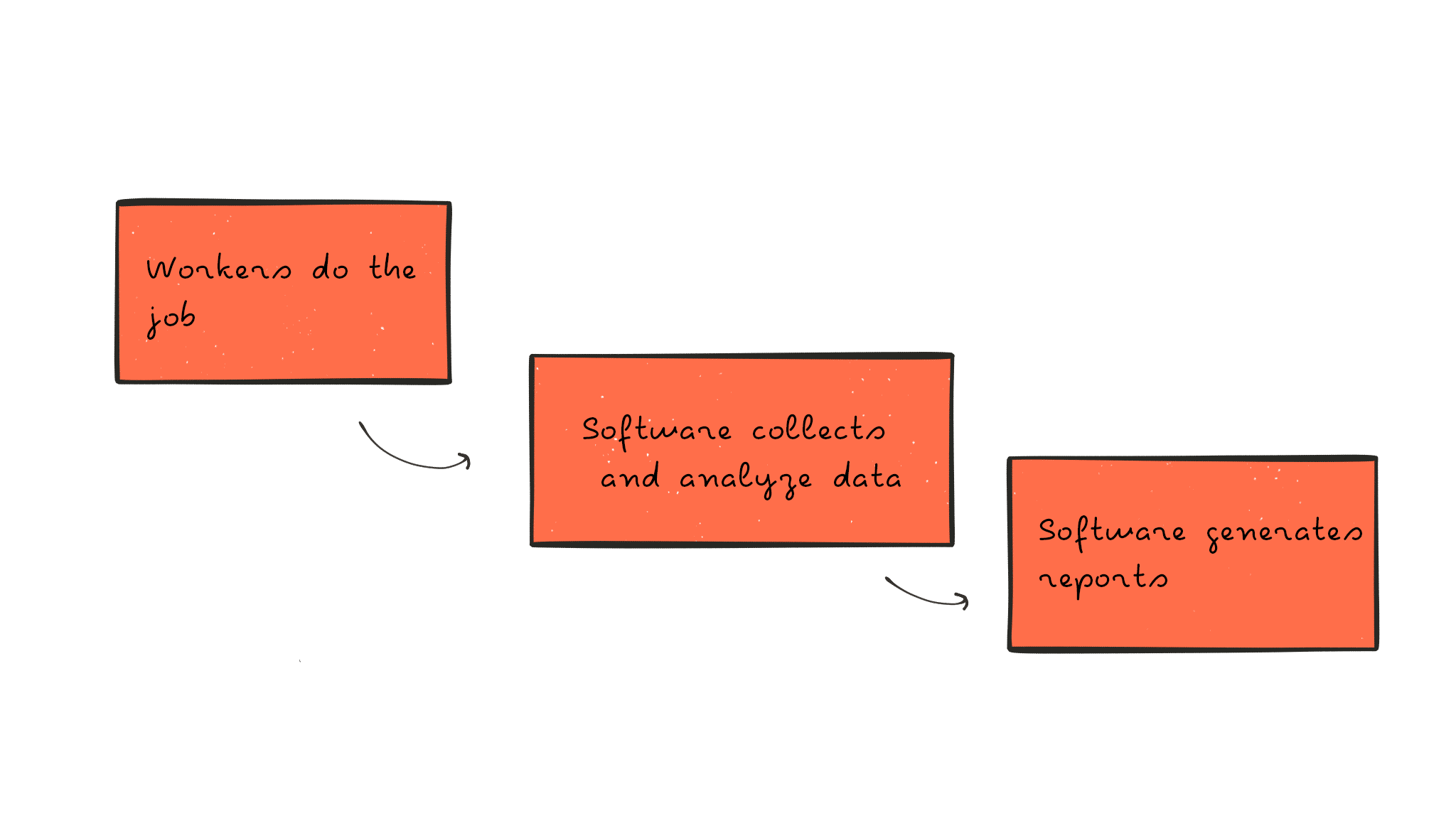The Next Generation of SaaS Won’t Optimize for User Engagement
- by 7wData

A few weeks ago Hiten Shah explained in a new interesting post why the most successful SaaS companies of the future will focus on usage, just like Facebook. In the write-up, he goes very deep into his explanation bringing examples of world-class SaaS companies like Trello, Slack, and Dropbox that are all building their strategies around this consumer-oriented product approach.
He predicts that this is how the next generation of SaaS will look like.
While I was reading Hiten’s post, I immediately recalled a frugal email conversation I had last month with Patrick Campbell, CEO at Price Intelligently.
Patrick briefly introduced me to the definition of what he calls “anti-active usage” products.
While at first, this might sound very counterintuitive, it’s actually the natural evolution of most of the SaaS products that we know today.
Harnessing the world of software is a single statement is very hard. Tom Tunguz explained in a post on the blog his vision about software in a simple way.
Software world divides into systems of record and workflow applications.
Systems of record unify data from different sources under a single view. Common applications of Systems of record are CRM and ERP.
Here’s how the value chain for systems of record looks like:
workflow applications enable workers to do work. These products represent a huge portion of the products that we use in our daily work life.
Here’s the value chain for workflow applications:
Systems of records and workflow applications have one thing in common, at their core level they need some human interactions.
The paradigm under which you have to actively use something to do a given task or to reach a certain goal is the bedrock of most of the SaaS products out there.
Anti-active usage products flip this model— you don’t necessarily need to use the product to get something done because the product (1) understands the problem, (2) works out a solution and (3) outputs a result. Anti-active usage products don’t need human interactions at any level of their value-chain.
We can expect in 10 years from now, a good part of today’s SaaS product flocking to this new category:
There are many reasons I see why anti-active SaaS products might come in the next 10 years:
1. The scarcity of time — We can build a solid business strategy around things that are stable in time. This is why we create businesses on things that don’t change. Time is the scarcest resource and your employees’ time is one of the most important assets of your business. Products that don’t impact by any means on your team but yet they are able to generate relevant outcomes, can change the rules of the game.
2. The tragedy of the commons — The tragedy of the commons is an economic theory of a situation within a shared resource System where individual users acting independently according to their own self-interest behave contrary to the common good of all users by depleting or spoiling that resource through their collective action. The “individual users” in this instance are the SaaS vendors who are all trying to optimize for engagement/product usage. The reliance on this model is not only unsustainable but is demonstrably damaging the environment.
3. SaaS switching cost — The tool explosion I’ve been talking about for a while made companies more flexible, but it also made people waste time jumping back and forth between apps just to accomplish a given task. Not to mention the lack of context they need to do good work. This SaaS tools explosion broke your work into tiny pieces and scattered it across a dozen apps — making it almost impossible to feel on top of things. Anti-active usage products slash the switching costs between products and tools in our workday and centralize the metrics of their output in a single dashboard. These products allow you and your team to concentrate more on a strategic and on a tactic level.
[Social9_Share class=”s9-widget-wrapper”]
Upcoming Events
Evolving Your Data Architecture for Trustworthy Generative AI
18 April 2024
5 PM CET – 6 PM CET
Read MoreShift Difficult Problems Left with Graph Analysis on Streaming Data
29 April 2024
12 PM ET – 1 PM ET
Read More




